Disegno vero e disegno finto: truth and drawing in the 1970s
by Filippo Bosco • June 2023. In collaboration with Drawing Room, London • Journal article
The persistency of a truth paradigm
In 1971–72 Giulio Paolini (b.1940) created a work on paper titled Il Vero (Truth), which simultaneously addressed the concepts of truth and drawing FIG. 1. It consists of five framed elements, each of which comprises four sheets of paper of increasing size layered on top of one another. Although the five elements are distinguished by different interventions, they are unified by the same top sheet: a photographic reproduction of the frontispiece of a rare seventeenth-century treatise about anatomical drawing by Odoardo Fialetti, which Paolini likely took from an article in an art journal.1 The image perhaps intrigued the artist for its prescriptive yet ambitious title: Il vero modo et ordine per dissegnar tutte le parti et membra del corpo humano (The True Method and Order to Draw all Parts and Limbs of the Human Body; 1608). Taking advantage of a linguistic play of words that is possible in Italian, in his title Paolini transformed the adjective (‘the true [method]’) into a substantive (‘the truth’).
As a response to the frontispiece’s statement concerning truth, Paolini limited his drawing interventions to four gestures: graphite scribbling FIG. 2, ink dripping, tearing at the paper and collage. But what exactly is ‘true’ about such techniques? The clearest answer to this question thus far was unintentionally provided by the Argentinian artist Liliana Porter (b.1941) in reference to her own work The Correction (Red) FIG. 3, in which a red scribble is added to a graphite one. She defined the random scribble as ‘something which is always correct by definition’.2 While academic anatomical drawing can be ‘correct’ – and therefore corrected – there is no apparent objective in amending a scribble. The same is true for the other primary or ostensibly random drawing acts in Il Vero: Paolini, who trained as a graphic designer and did not attend a fine arts academy, obliterates or intervenes in sections of the frontispiece, so as to directly and metaphorically disrupt any prescriptive knowledge or interpretation beyond that which is visible. Dripping, scraping and scribbling are nothing but themselves; they are irrefutable, tautological, true.
This virtual dialogue between the two artists might be understood in philosophical terms at the intersection of logic, language and phenomenology. Here, one can turn to the writings of two authors read by many artists practising in the 1970s: Ludwig Wittgenstein and Maurice Merleau-Ponty. Wittgenstein wrote that ‘really, “the proposition is either true or false” only means that it must be possible to decide for or against it’.3 Merleau-Ponty stated the primacy of ‘our experience […] without there being need to choose nor even to distinguish between the assurance of seeing and the assurance of seeing the true, because in principle they are one and the same thing’.4 Around 1970, Paolini was extensively referencing Merleau-Ponty in his work and statements, in particular declaring an operational equivalence between what is ‘true’ and what is ‘visible’.5
Although innately philosophical, the question of truth has a specific relationship with drawing, one that stems from an established art theory tradition. Drawing has long been associated with the direct expression of thought as well as to inner essence, style and subjectivity. The identity of the medium itself was constructed through this very acknowledgment of sincerity and correspondence to truth, a concept with humanistic and intellectual roots from at least the Renaissance. For example, Giorgio Vasari defined disegno as ‘not other than a visible expression and declaration of the concept one has in mind and which others have formed in their mind and built in the idea’.6 Despite the manifold richness, complexity and materiality of the medium, there are still a number of arguments related to the immediacy of drawing in contemporary theory.7 These are certainly not exclusive to connoisseurship, which considers drawing as revelatory of the artist’s ‘hand’, nor to Jungian therapists, who see drawings as material for psychological investigation. In her foundational essay on contemporary drawing, written in 1976, Bernice Rose recapitulated the pervasiveness of such assumptions about what has been termed ‘the most personal of all artistic media’:8 ‘drawing as an autographic (indeed biographical) revelation, presenting the artist’s first and most intimate and confessional marks’.9
The significance of the Post-minimalist turn within this theoretical history needs to be put into sharper focus. In fact, a drawing such as Il Vero is all the more interesting because it belongs to a period when the idea of the ‘death of the author’ was at the forefront of theoretical debate. Paolini himself avidly read such authors as Alain Robbe-Grillet, Jorge Luis Borges and Italo Calvino. Although abandoning subjectivity, an operational paradigm of ‘truthful’ drawing survived. As has been highlighted in relation to the actions of scribbling, dripping, scraping and tearing, the most basic means of ‘drawing’ could preserve the visibility of the execution process itself. In this way rather than realising an image, the artist achieved an ‘afterimage’ of the process, to quote Cornelia H. Butler’s important exhibition and accompanying catalogue about American Post-minimalist drawing.10
In 1970s Italy, processual drawing had significantly expanded the operative spectrum. In order to understand how it addressed truth in a novel way, three specific cases will be considered briefly here. In 1976 Gigliola Carretti (1934–90) began presenting large, untitled paper works with a repeated linear pattern that she created by swinging her arm, charcoal in hand, while walking alongside a wall FIG. 4.11 A certain resemblance to the printouts of seismograms or polygraphs might be more than a coincidence, as the final rhythmic image is less a choreographic decoration and more of a faithful registration of carefully performed body movements. A similar analogy with the forensic sciences can be seen in Impronte rilevate sulla matita durante l’esecuzione (Fingerprints taken on the pencil during execution; 1975) by Giuseppe Penone (b.1947). In this work four abstract-like graphite patches are made by enlarging the fingerprints that map out the hand’s grip on a pencil. In another paradigmatic ‘true’ drawing, Paolini traced myriad dots or commas on a wall in order to mark his visual field: titled Vedo (la decifrazione del mio campo visivo) (I see; deciphering my field of vision) FIG. 5, this drawing performance became a rigorous exercise, with an outcome that adhered truthfully to the process of creation. Here the information that the artist and the viewer access is the same: both are standing in front of the same wall. There is no reason to doubt the dots.
Propelled by a generalised phenomenological impulse – suffice it to mention such canonical works as Dorothea Rockburne’s Drawing Which Makes Itself (1972–73) and Robert Morris’s Blind Time Drawings (1973–2009) – drawing established itself as a key medium in contemporary art in the 1970s. Its centrality was based on a paradoxical status: a medium of im-mediacy, transparency and sincerity. Conversely, during the same period, the historical relevance of the truth paradigm of drawing can be understood through its deconstruction, which was enacted by conceptual artists in Italy who cannot easily be labelled as a ‘next generation’. In fact, such a turn was only evident when the label of Transavanguardia was constructed by the critic Achille Bonito Oliva in 1979, by stressing a ‘return to subjectivity’ and the neo-expressionism that would come to characterise the 1980s.12 In the following paragraphs, questions of labels and groupings of artists will be left aside in favour of a close analysis of works of art in which drawing and truth are addressed most directly. The phenomenological truth stated in a work such as Paolini’s Il Vero is the object, or rather the target, of drawing practices based on strategies of performativity (that act against process), fake authorship (that counter the sincerity of the ‘hand’) and deceitful visuality (that restrict clear readability). Another declarative work, Disegno finto (Fake drawing), an artist’s book published by Enzo Cucchi (b.1949) in 1978, will serve to recapitulate this deconstructive counter-paradigm.
Attempting the truth: a performative oval
Ovale eseguito a mano libera (Freehand oval) FIG. 6 was made in 1969 by Gino De Dominicis (1947–98), an artist from the Marche who was based in Rome at the time.13 Although it demonstrates the exercise-like layout and material rarefaction that is typical of Post-minimalist drawing, it also disrupts the necessary equivalence between the making and its visual outcome. The agent of such disruption is the deceptively simple title: indeed, it is difficult to believe that the artist created such a perfect shape without the aid of a mechanical tool, French curve or a stencil. However, a later testimony by the critic Bruno Corà, who recalled the artist’s performance taking place at the Incontri Internazionali d’Arte in Rome, advocates for the freehand execution:
Gino De Dominicis turned up one morning, which was unusual because he was usually not seen until evening, and asked for some reams of extra strong typing paper and some pens and pencils. He then withdrew into a room and began drawing a single figure quickly on the sheets, trying to make the beginning and end of the line coincide perfectly in an ellipse. He observed the result after every attempt and threw it away as a failure. He was left alone so as to help his concentration and I looked in every so often to see the results. I remember that he went on drawing the figure for hours and it increased in precision after a few hundred attempts. […] Thus it was that the freehand drawing executed with ever-greater rapidity resulted at a certain point in an authentic miracle. A perfect ellipse with all the points equidistant with respect to the foci appeared on the umpteenth blank sheet of paper, where it was impossible to distinguish the beginning and end of the line. Gino immediately stopped and held the formidable figure up for us to see.14
One could take this eyewitness account at face value, but the meaning of Ovale eseguito a mano libera is only fully understood by considering the recollection of its making as an ally to De Dominicis’s own rhetoric. Part of a broader self-construction of his artist persona, this ‘performance’ was in fact a direct quotation of the medieval painter Giotto’s legendary ability to draw perfect circles. The crucial factor in such an operation is the delegation of meaning to the belief of the observer. Other coeval works by De Dominicis functioned in the same way: for instance, at the 36th Venice Biennale, in 1972, he exhibited a ball lying on the ground and labelled it ‘Rubber ball (falling from 2 metres) in the instant immediately preceding the rebound’, as well of one of his many ‘invisible sculptures’, signalled by a square marked out on the floor with tape.15 Although certainly less impossible than stopping time or achieving invisibility, the doubtful, ‘handmade’ oval separates truth from drawing; by doing so it transforms autography – which is essential to the medium – into a performative condition. Here, such performativity stems not from the art-historical category of ‘performance’ but instead from queer theory: in order to frame an essentialist concept such as authorship, Judith Butler’s well-known definition of gender as constituted ‘through a stylized repetition of acts’ is used.16 Ovale eseguito a mano libera requires the repeated act of (sceptically) believing, so that the performance of authorship is not the artist’s, but rather the viewer’s.
Disegno finto: one text and multiple practices
Performativity is central to understanding drawings that target the paradigm of truth. On the occasion of his early solo exhibition at Studio Giuliana De Crescenzo, Rome, in May 1978, Cucchi published Disegno finto, a twenty-one-page booklet containing texts, illustrations and an introduction by Bonito Oliva. It is not a theoretical work; on the contrary, intentional obscurity and convoluted references shape its style as much as the scarcely comprehensible drawings that accompany the text. It could be said that obscurity is the most obvious symptom of a complicated approach to truth. Here, the asystematic character of the artist’s writing will be valued as it appears to uphold constructs that belong more to the realm of art practice than the coherent logic of theory. What follows is an attempt to connect written expressions about ‘fake drawing’ to actual drawing practices.
The following excerpts from the opening ‘poem’ of Disegno finto introduce fundamental references and themes of the book:
Fake Drawing
(THE EARTH KEEPS STANDING FOREVER)
‘Curved glance’ Then I am observed! All this material is what I saw there, the right way up or upside down. I recognize everything with a clean shot.
Let it be known that none of this material is fanciful or fortuitous, as for what may catch the eye. Every description, every statement can be found thousands of times; in a curved glance, although an oblique walking is underneath each word I wrote, to shake my pencil.
[...]
Finding oneself lost in the upside-down room
suggests to do and undo.
It is the rhythmic comeback.17
The first hermeneutical step to unpacking this difficult text is to map out some of the evident references, for example, the capitalised subtitle, which is an allusion to Ecclesiastes 1:4 (‘A generation goes and a generation comes, / but the earth remains forever’). The original can be interpreted as an ominous proclamation of the ephemerality of a single life compared to the eternity of humankind’s earthly roots. In the last verse, the ‘rhythmic comeback’ hints at Friedrich Nietzsche’s concept of eternal recurrence, which states that time is an infinite loop.
However, it is the phrases ‘Then I am observed!’ and ‘what may catch the eye’ that are perhaps most crucial to this discussion. This concept of the reciprocity of the gaze is taken from Jacques Lacan’s The Four Fundamental Concepts of Psychoanalysis.18 Here, it is used here to establish a new dimension within which the artist can look upon his own work. Moreover, the ‘curved glance’ describes an indirect and unstable look, which is subject to sudden and unexpected overturns. The ‘curve’ as a conceptually charged formation likely derives from Gilles Deleuze’s own adoption of the Nietzschean eternal repetition, which can be found in Difference and Repetition, an important text in the Italian art discourse at the time.19 Although Cucchi states that his book is not ‘fanciful or fortuitous’, exactness appears to be impossible in this dimension as the pencil is troubled by a ‘oblique walking’. In this context the title ‘fake drawing’ becomes understandable as the non-truthful exercise intentionally undertaken by the artist himself.
In light of these theories, is it possible to translate such cryptic formulas into an actual practice of drawing that is defined by ‘fakeness’? Cucchi’s illustrations included in the book only vaguely transform these concepts into his figurative language: for example, the precipitous fall of a winged figure from the top to the bottom of the page, or the recurring form of a twisted stick, possibly reminiscent of the curved glance FIG. 7. Nevertheless, by the time he wrote Disegno finto, drawings by other artists were also beginning to resonate structurally with these same themes.
‘Two-faced’ drawing
In the mid-1970s Francesco Clemente (b.1952) began producing a kind of ‘upside-down drawing’, which can be read in two opposing registers. The images are the sum of a number of dexterous, calligraphic brush strokes: one can imagine Clemente’s execution as rapid but careful, tense with the knowledge that each line would be part of two separate but interconnected drawings. For instance, in Untitled FIG. 8, the central curved eyebrows of a focused scribe are, when inverted, turned into dark circles under the eyes of a barely awake man, who is drinking from a cup. Although the execution process is legible, the uncertainty of knowing which view point is the ‘correct’ one compromises the need for the unambiguity that had been established in Post-minimalist drawing.
Moreover, Clemente went further in disrupting the phenomenological coherence for his work’s beholders. In 1977 the artist exhibited a ‘double-faced’ drawing in a solo show titled Paesaggio sottosopra (Upside-down landscape) at Studio Paola Betti, Milan. Titled Arredo sottosopra (Upside-down interior decoration), it consists of an installation of furniture-like objects, a paper roll handpainted in tempera (brought back from one of the artist’s trips to India), two metal bells, various-format framed drawings and two identical enlarged prints of a double-face drawing of a bearded man, which can be read as happy and sad, depending on orientation.20 The photograph documenting the installation FIG. 9 was meant to be printed or shown the wrong way up, so as to extend the drawing’s ambiguous point of view to the entire spatial experience of a room, where only the gaze of the faces remained fixated on the observer. In summation, the deception of the two-faced drawings triggers a more profound deconstruction of perception and its rules. It was perhaps best synthesised in Clemente’s short captions to the work, which reference a new relativism, dispensing with truth as a condition of drawing: ‘Upside-down is as partial as straight, but it appears as being more evidently partial’.21
A curved glance
A second formula from Disegno finto can be linked to a contemporaneous practice of drawing. The curved glance and its psychoanalytic roots suggest a possible connection to anamorphosis, a technique that surged in popularity in the mid-1970s. Drawing on studies by Jurgis Baltrušaitis, a new interest in this optical device permeated Roland Barthes’s work on semiotics as well as Lacan’s gaze theory.22 Popular exhibitions, such as Anamorfosen: spel met perspectief (Anamorphoses: play with perspective), which travelled from the Rijksmuseum, Amsterdam, to the Musée des Arts Décoratifs, Paris, in 1975–76, attested to and further increased interest in the practice.23 A review of this show appeared in the Italian weekly magazine L’Espresso in April 1976 with the title ‘L’occhio storto vuole la sua parte’ (‘The curved eye wants its share’). The reviewer, Giancarlo Marmori, wrote that anamorphosis was an ‘already psychedelic hallucination’ born from the minds of ‘maniacs of mathematics’, a popular opinion that might have been shared by a number of artists too, who were not able to follow Lacan’s sophisticated arguments.24 ‘Anamorphoses were not freaks, nor were they social pastimes in perpetual search of hedonistic stimulants. They responded, if anything, to the needs of hermetic thinking, a propensity for analogical subtext or a widespread playful temperament of which there is almost no trace today’.25
One month later Sandro Chia (b.1946) applied an anamorphic technique in a double untitled drawing FIG. 10.26 On the left is a distorted image of a tiny statue of the Buddha, which is placed next to a ruler; on the right the same composition appears stretched on its horizontal axis, rectifying the distortion. This effect would have been easy to obtain with the aid of a mechanical reproduction, but Chia decided to draw the second image too, perhaps with the help of a distorting lens or mirror. In particular, the presence of the ruler and its objective function of measuring makes the optical aberration of the left image all the more evident. It might also be a mocking reference to the recurrent presence of photographs of rulers in Paolini’s collages on paper, a way to dismiss the tautological function of measurement.
Anamorphosis is essentially an optical deception, and in this way it corresponds to the notions of the curved glance and false vision. Chia’s strategy works more subtly, by providing the original and its anamorphism together, and both the ‘true’ and ‘false’ images are drawn with a dexterous, precise hatching. As a copying exercise, the anamorphosis represents a discipline of fakeness, and the artist is now educated to see their models through a ‘curved’ lens. In 1977 Chia copied Giorgione’s The Tempest (1506–08; Gallerie dell’Accademia, Venice) in graphite, gouache and watercolour FIG. 11. Although some of the figures from the painting are perfectly recognisable, a major anamorphic distortion can be found in the bottom-left corner. Other details concerning the transformation of the original image are mentioned in a contextual poem written by Chia, which illuminate his psychoanalytic perspective:
The youth seizes the moment
and casts intrusively
the hoped glance
at the right moment
of the right thunder
which brightens the scene
of the seated woman
slightly cluttered
and naked by chance
who looked back to us.27
Like Clemente’s Paesaggio sottosopra, Chia’s work on Giorgione was translated from the small scale of paper to a gallery installation. Chia used a large ceramic basin, with an inscribed ‘G’ for Giorgione, on which a reproduction of the Venetian painting was placed, following the concavity of the structure FIG. 12. In this way, Chia caused the viewer to enact an inevitable, ever-changing curved glance on the reproduction.28 Chia’s images are not meant to be restored by looking at them from a calculated position, which would require a precise geometrical construction. Instead, they are devised to dismiss an unequivocal, objective status of truth, and implement a general strategy of ‘fakeness’.
The dead hand
A more obvious device to deconstruct the paradigm of ‘true’ drawing is the notion of authorship – not only in the doubt placed on hand-made execution, as in De Dominicis’s Ovale eseguito a mano libera. Even the most ‘sincere’ medium could not evade Duchampian traditions of plagiarism. A form of ‘ready-made drawings’ were shown in 1977 by the Roman artist Maurizio Mochetti (b.1940): three charcoal portraits of the film stars Jean Harlow FIG. 13, Gary Cooper and Katharine Hepburn, which the artist exhibited as works of his own after he had bought them at a flea market because they carried a signature almost indistinguishable from his own. Equally, strategic anonymity generates a systematic questioning of autography and sincerity, as in the case of Tre o quattro artisti secchi (Three or four dry artists; dry here likely means straight-faced), published in 1978. This book at no point references its authors: Chia, Cucchi and Bonito Oliva. Their collaboration produced a seamless juxtaposition of texts, which are only partially differentiated by italic or bold font and drawings. The text is intentionally obscure and the drawings are not captioned, thus refusing to assist in identifying the two artists’ respective hands.
In a later article titled ‘La mano morta’ (‘The dead hand’), Bonito Oliva staged a hostile confrontation between artist and critic, which hints at the anonymous book in metaphorical terms:
To the critic’s sarcasm, the artist replies with a mockery: he shows him some paintings painted by another artist. […] The critic’s praise is followed by the revelation of identity: the great artist is a monkey. Then the crime occurs. The critic tries to kill the artist, who has witnessed the failure of his gaze, and amputates his hand, thus suppressing the head of the work.29
Among references to the Lacanian gaze and to the figure of the monkey as an alias for the artist, the theme of the amputated hand is introduced, as the interruption of the symbolic and physical conduit of confession – the bodily requirement for drawing.30 Here, it must be noted that the amputation takes place through deception, as the artist-monkey lies about his identity. A few years later, in 1980, Bonito Oliva curated the exhibition Enthauptete hand: 100 Zeichnungen aus Italien (The decapitated hand: 100 drawings from Italy).31 The exhibition included works by Chia, Cucchi, Clemente and Mimmo Paladino (b.1948), and set out to discuss more broadly the issue of truth and authenticity in drawing:
But what can the hand ever demonstrate in a drawing? Take this exhibition: is it really what-almost as an obvious fact-we expect from a hand drawing? The individuality of an artist, the authenticity of a person? Or is a different perspective being announced today […]?32
In Disegno finto and in practices of drawing in the 1970s, a different perspective was already set as a counterpoint to disegno vero. Indeed, one of the detectable polemical targets in Cucchi’s text is Paolini’s paradigmatic work. For instance, a scepticism towards seeing is expressed multiple times in Disegno finto: the draughtsperson is said to be ‘blind’,33 and it is argued that ‘because all art has always worked on its own eyes, on what it sees, [it] hasn’t been creative at all’.34 Elsewhere, tautology is subject to overt critique: ‘man is not available to accept tautology as analysis’35 and ‘the drawing […] only shortens or delays the indication of the things’ – that is, it is not a tool of truthful verification.36 He continues:
Drawing doesn’t exist: drawing lives a double moment, the moment of idea and the moment of its own articulation; artistic invention emerges ‘laterally’, and doesn’t delineate the field of action for that knowledge of the thing, which previously the thing itself was designated to contain.37
Such a resounding, radical assumption, denying the clichés of drawing as confession, idea and knowledge, declares a point of no return for the sincerity of the medium. In this sense, not only Cucchi’s work, but also much of the return to drawing and painting in the 1980s, can be read in a ‘fake’ dimension. Here, however, the polarity of ‘true’ and ‘false’ drawing was reconstructed historically, in the paradigmatic function of titles such as vero and finto, and in the material analysis of the practices of various artists. It was then possible to understand how it was the opposition of both forms of drawing that came to define this critical moment in the history of the medium.
Acknowledgments
The author would like to thank the attendees of the 2021–22 Drawing Research Forum at Drawing Room, London, where this research was first presented, as well as Anna Lovatt and Maddalena Disch for their comments and suggestions.




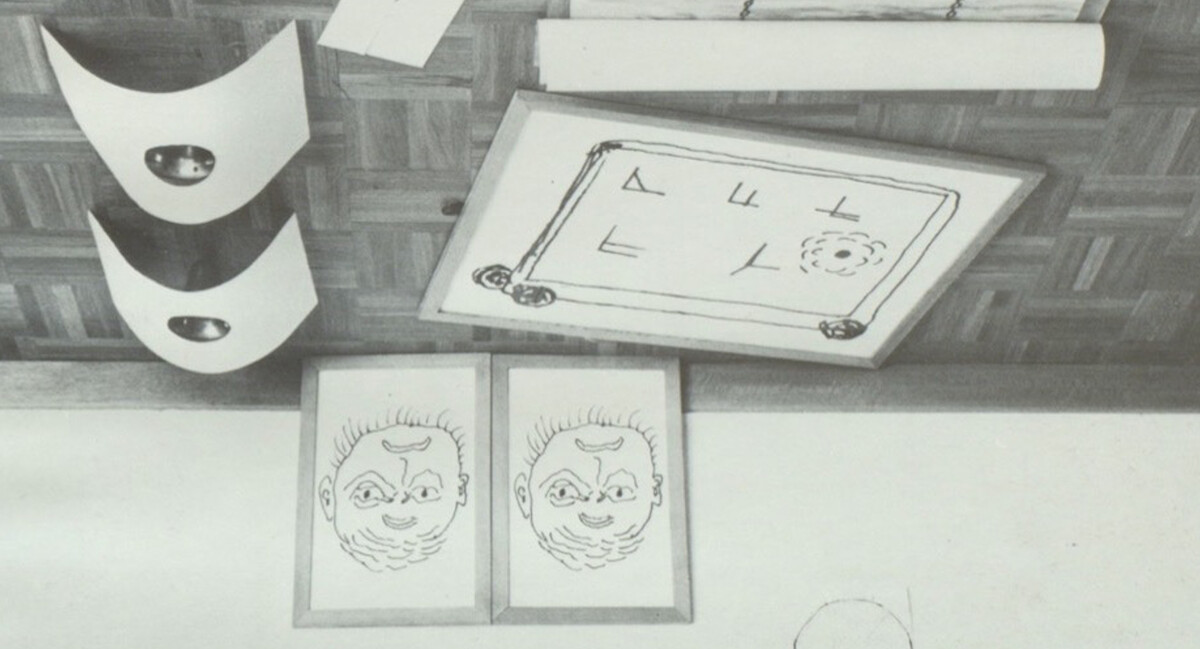
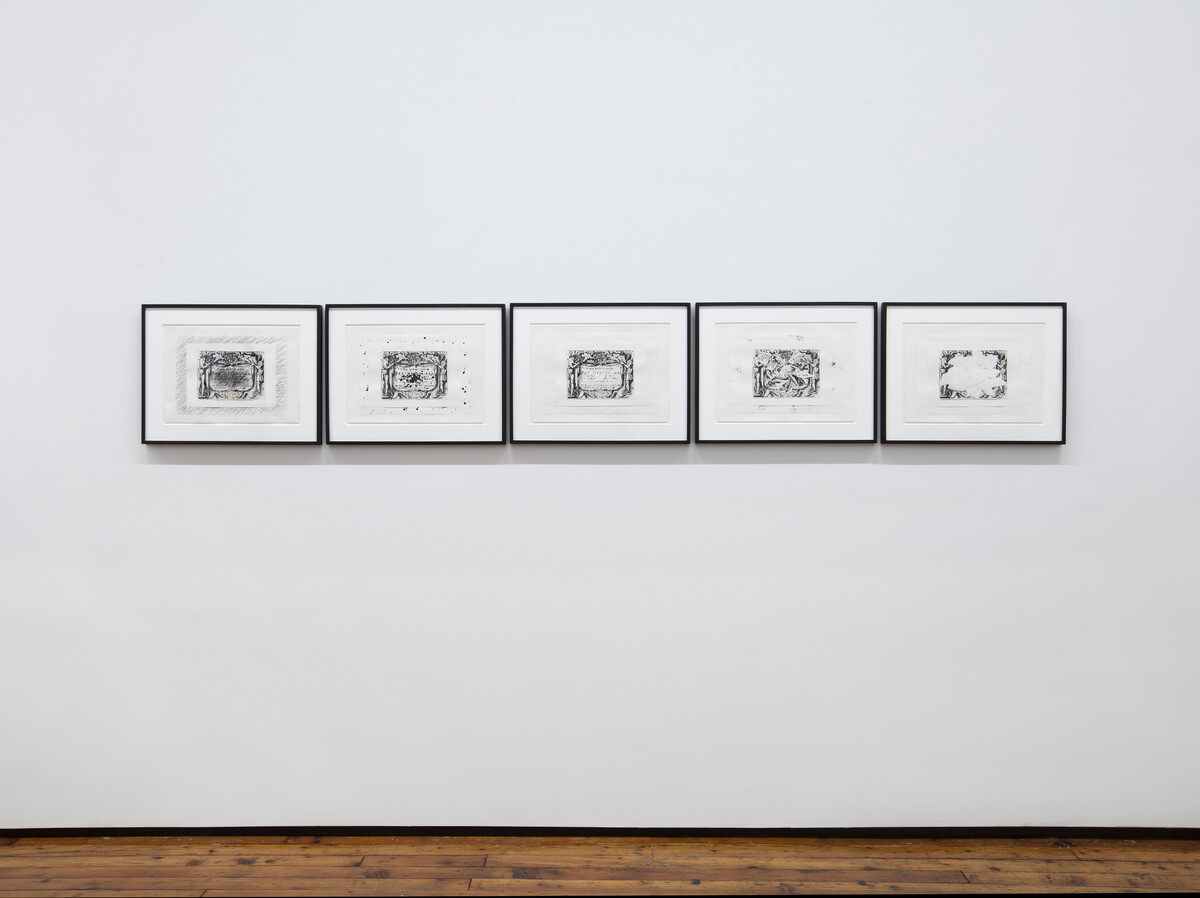
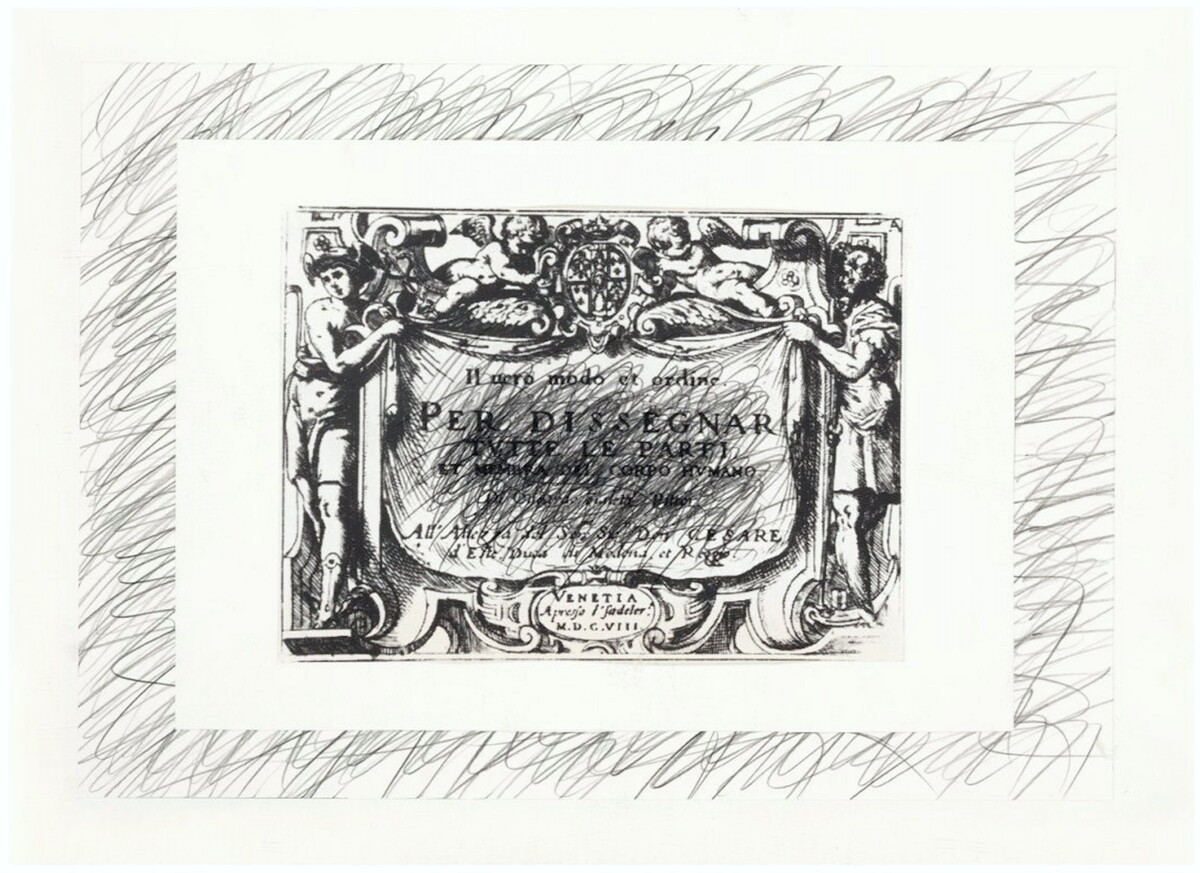

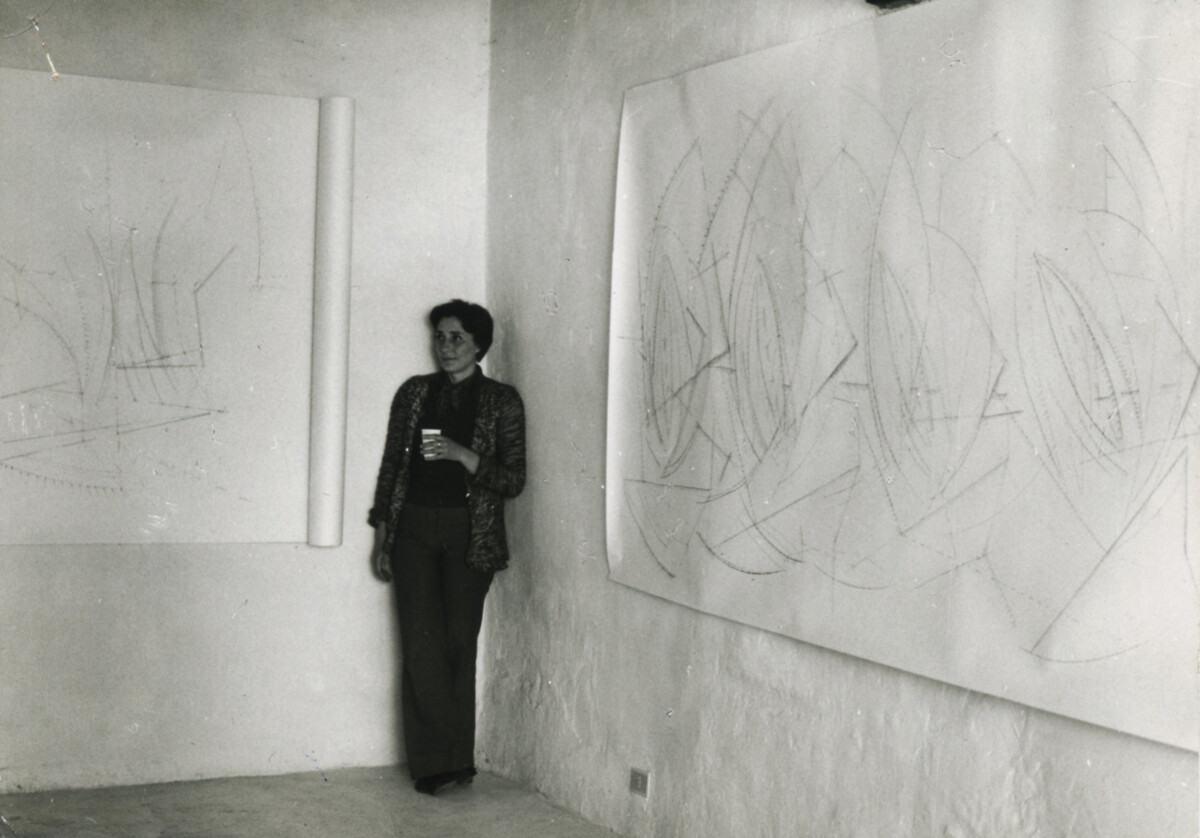

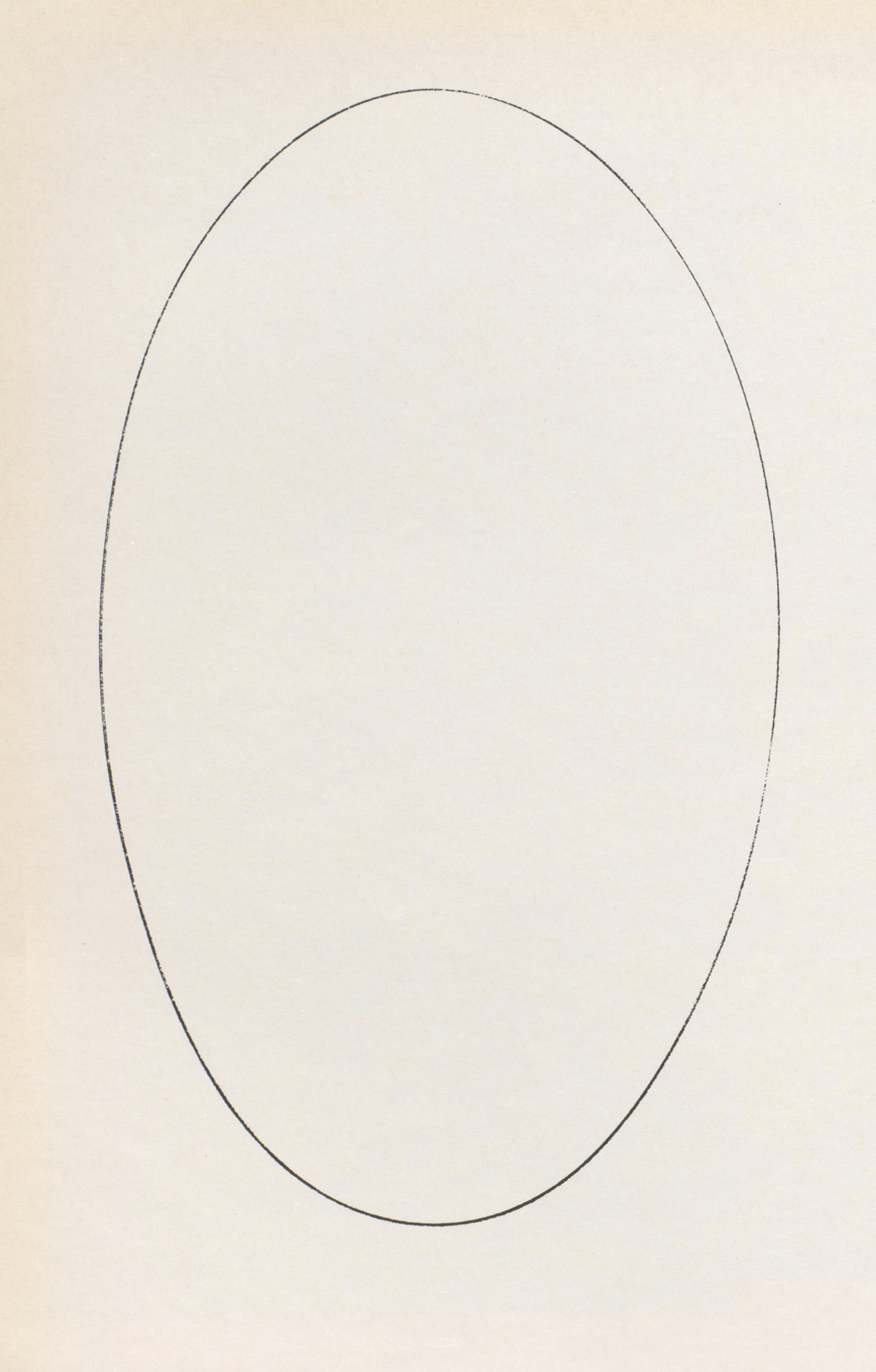
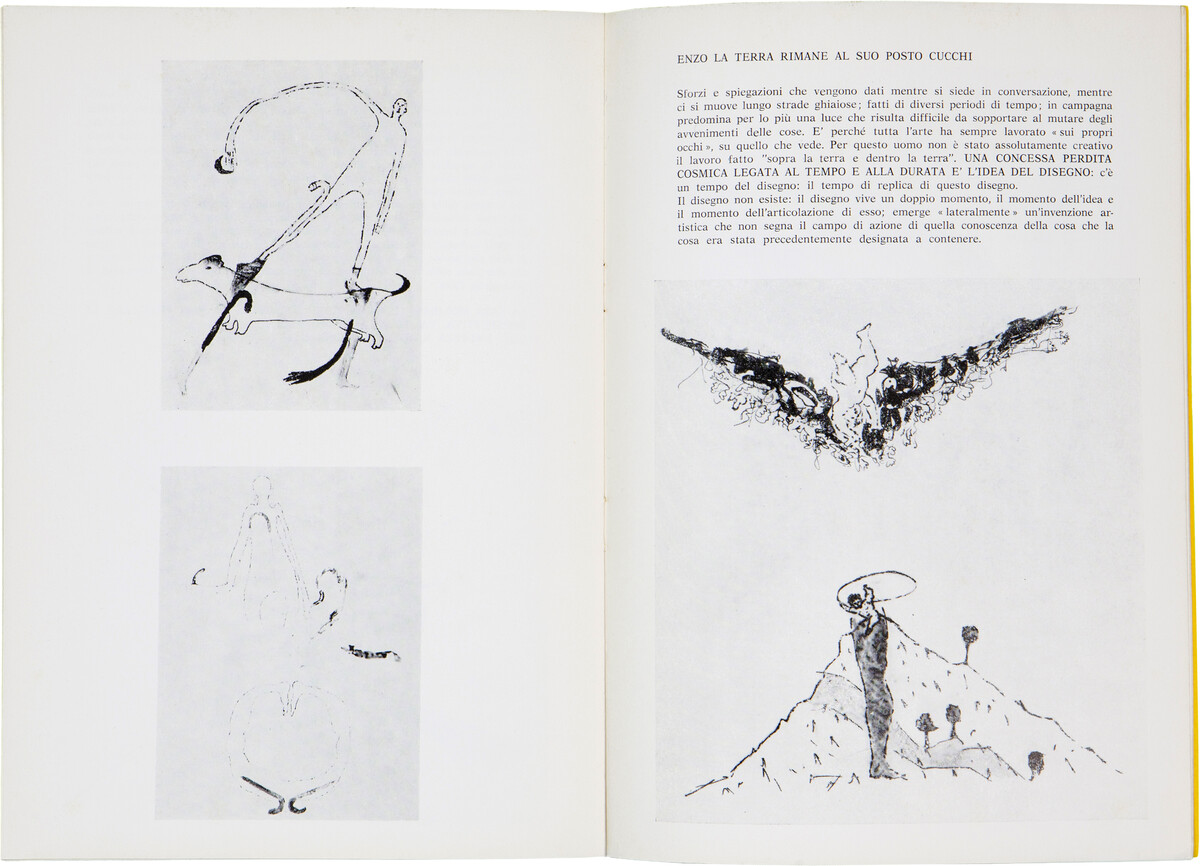
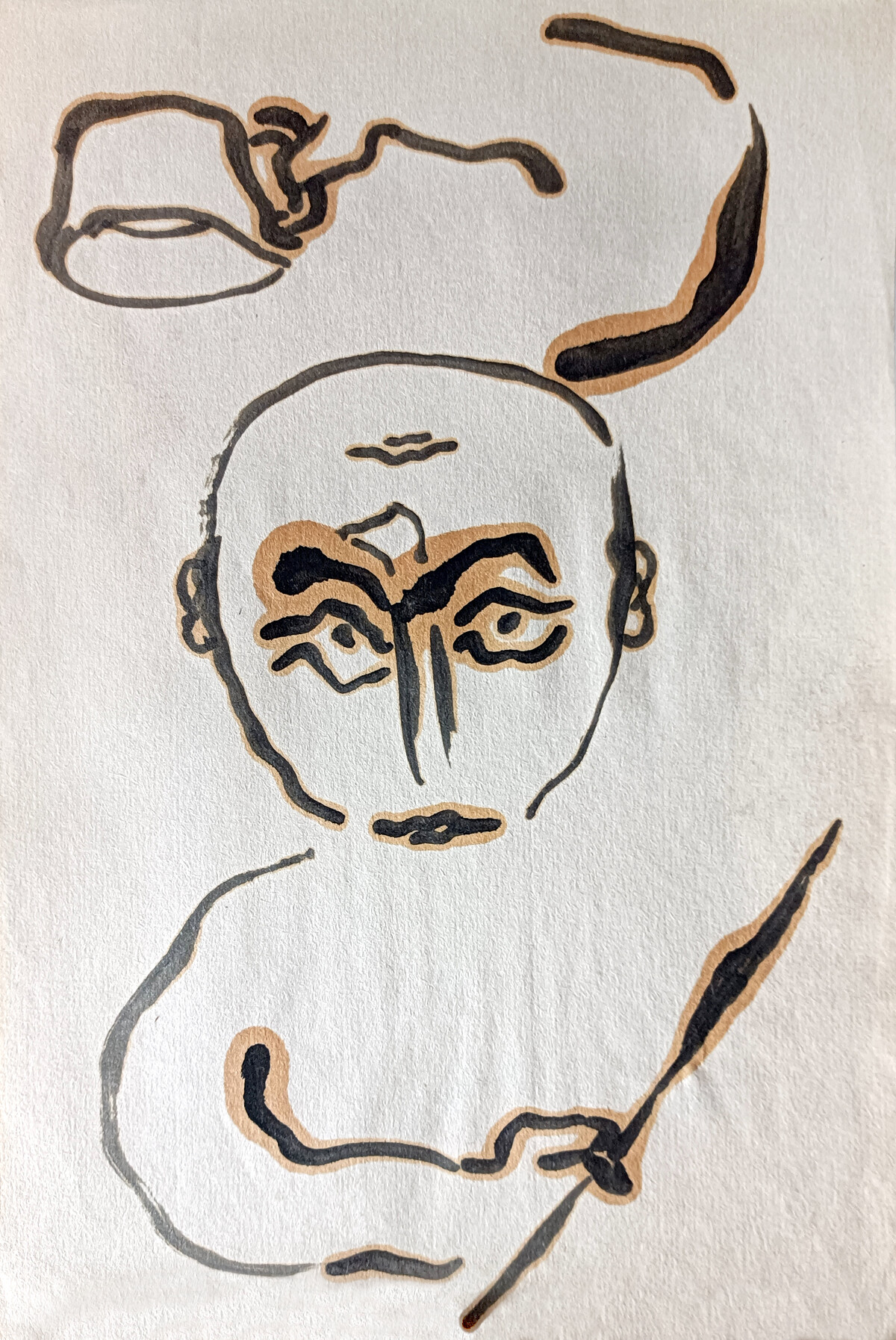

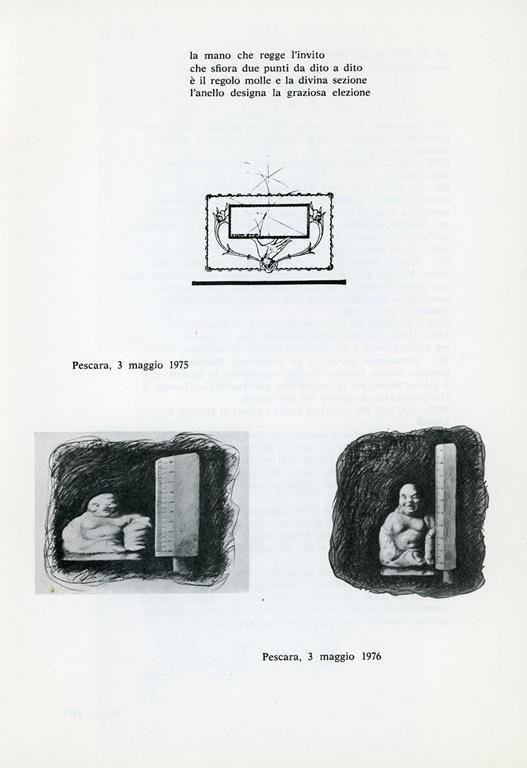
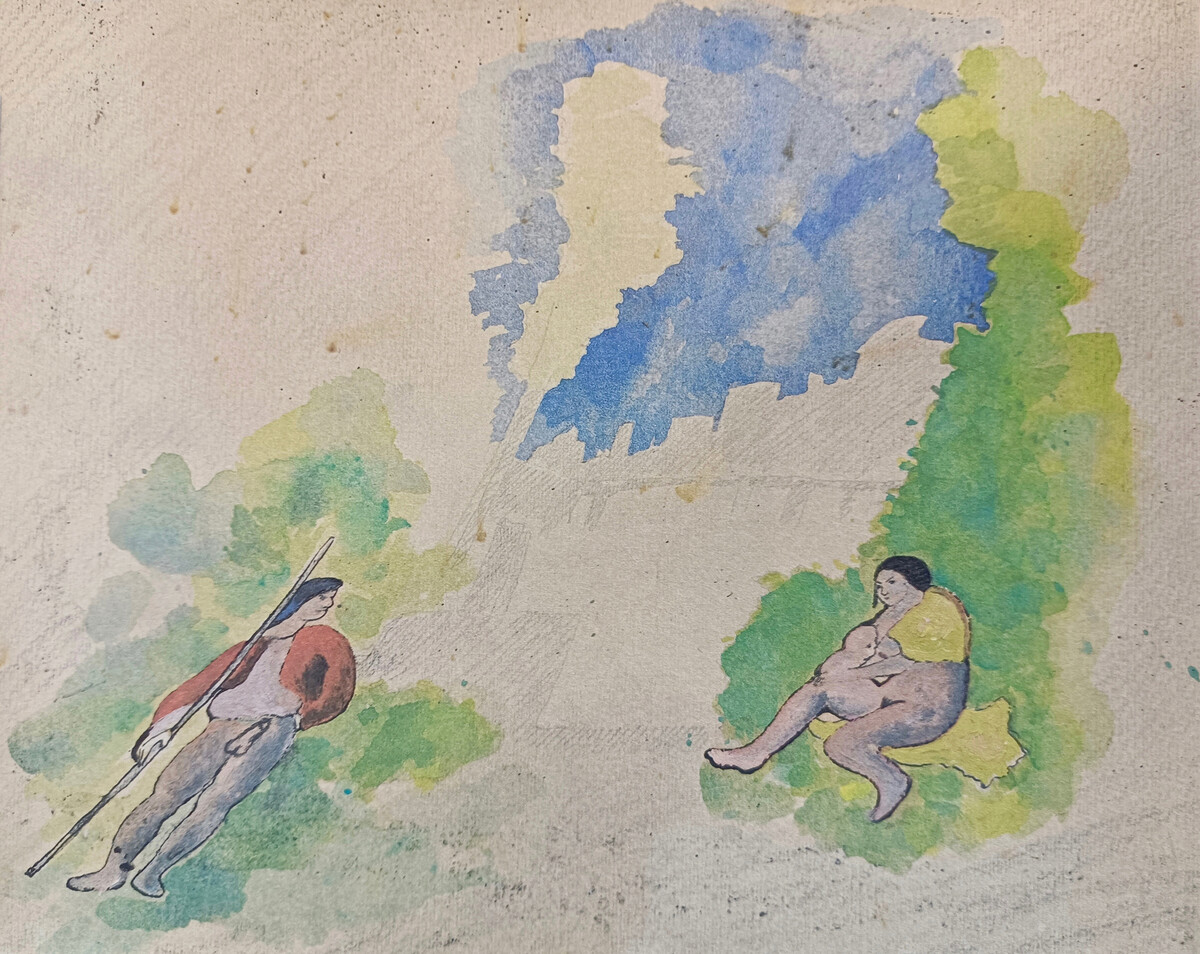

.jpg?ixlib=rb-0.3.5&ixid=eyJhcHBfaWQiOjEyMDd9&s=3566466d76117e29ffb4160a639748fb&auto=format&fit=crop&w=1502&q=80)

